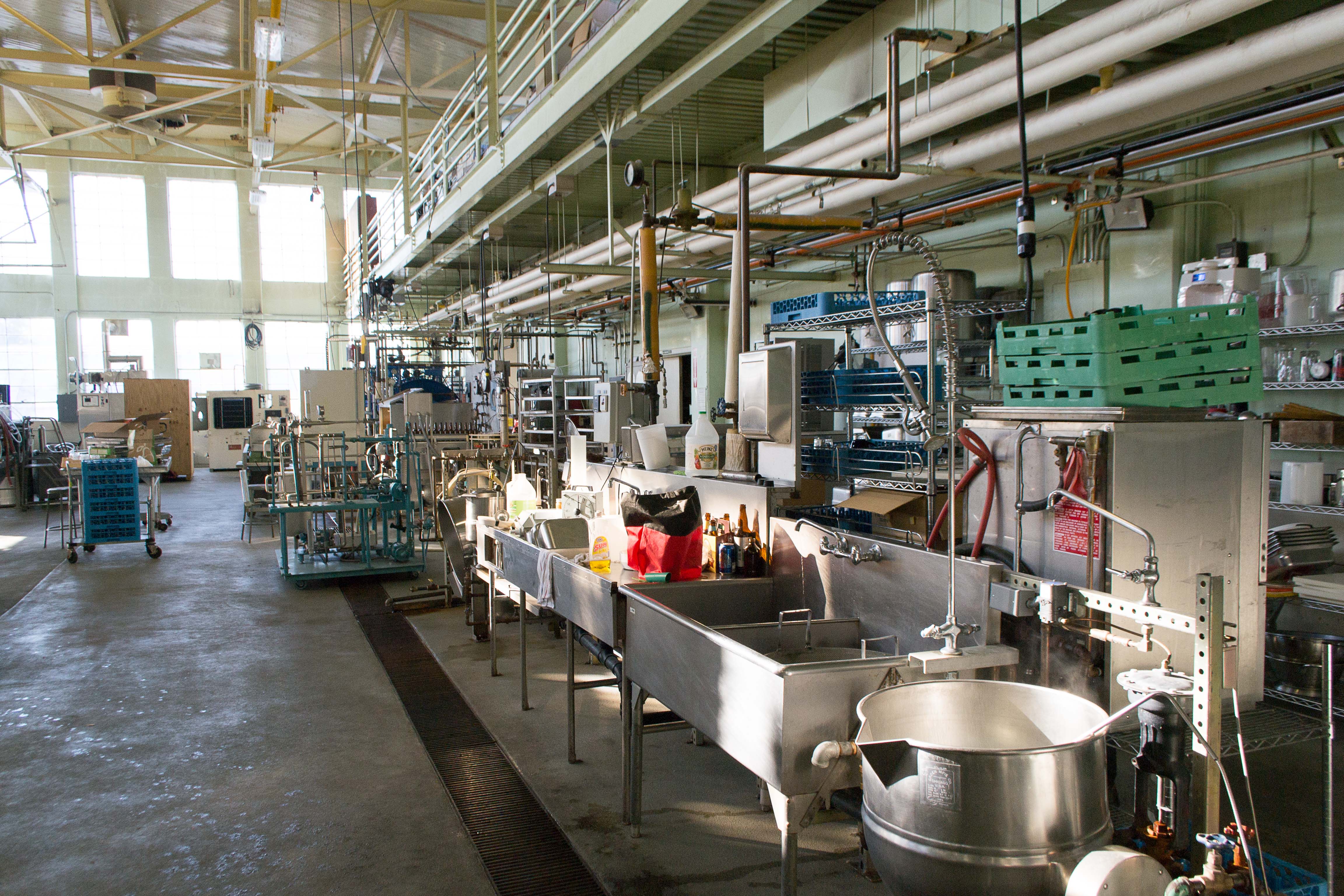
Photo from academic.microsoft.com
Hydrogels, polymeric network materials, are capable of swelling and holding the bulk of water in their three-dimensional structures upon swelling. In recent years, hydrogels have witnessed increased attention in food… Click to show full abstract
Hydrogels, polymeric network materials, are capable of swelling and holding the bulk of water in their three-dimensional structures upon swelling. In recent years, hydrogels have witnessed increased attention in food and biomedical applications. In this paper, the available literature related to the design concepts, types, functionalities, and applications of hydrogels with special emphasis on food applications was reviewed. Hydrogels from natural polymers are preferred over synthetic hydrogels. They are predominantly used in diverse food applications for example in encapsulation, drug delivery, packaging, and more recently for the fabrication of structured foods. Natural polymeric hydrogels offer immense benefits due to their extraordinary biocompatible nature. Hydrogels based on natural/edible polymers, for example, those from polysaccharides and proteins, can serve as prospective alternatives to synthetic polymer-based hydrogels. The utilization of hydrogels has so far been limited, despite their prospects to address various issues in the food industries. More research is needed to develop biomimetic hydrogels, which can imitate the biological characteristics in addition to the physicochemical properties of natural materials for different food applications.
Journal Title: Critical reviews in food science and nutrition
Year Published: 2021
Link to full text (if available)
Share on Social Media: Sign Up to like & get
recommendations!